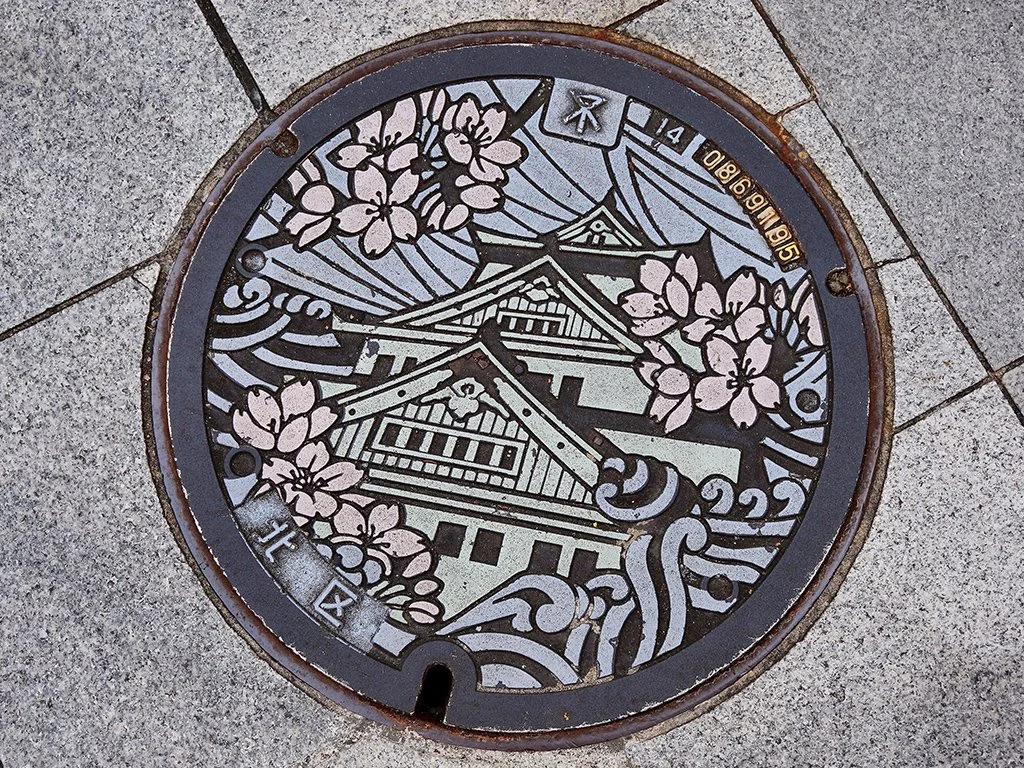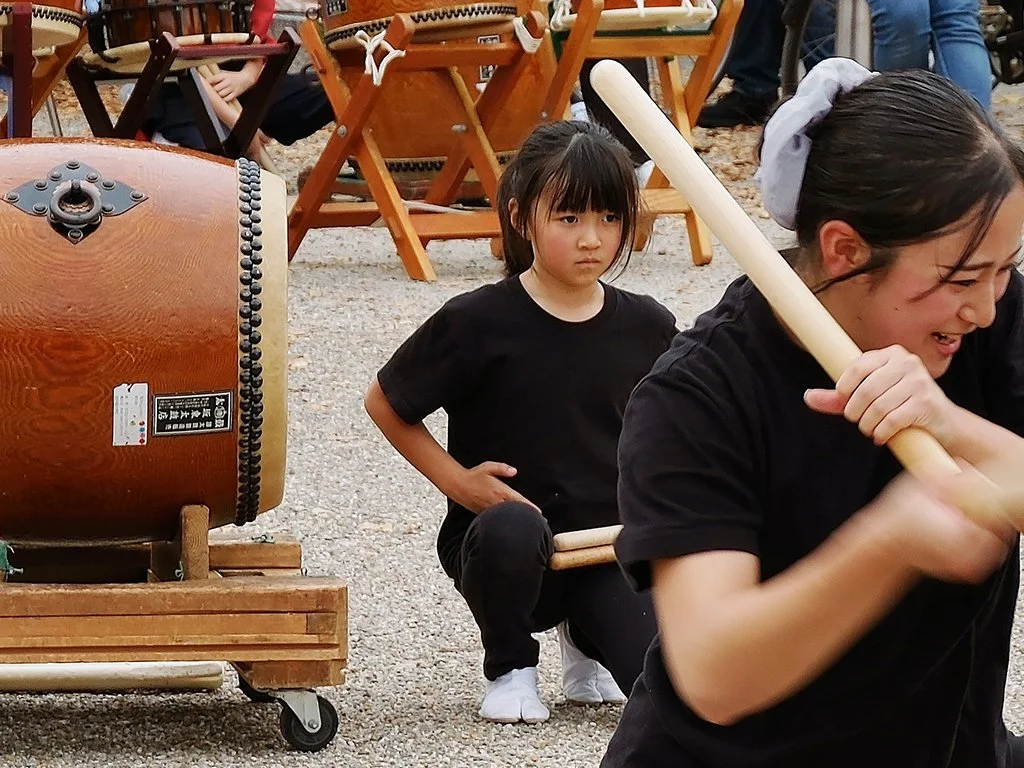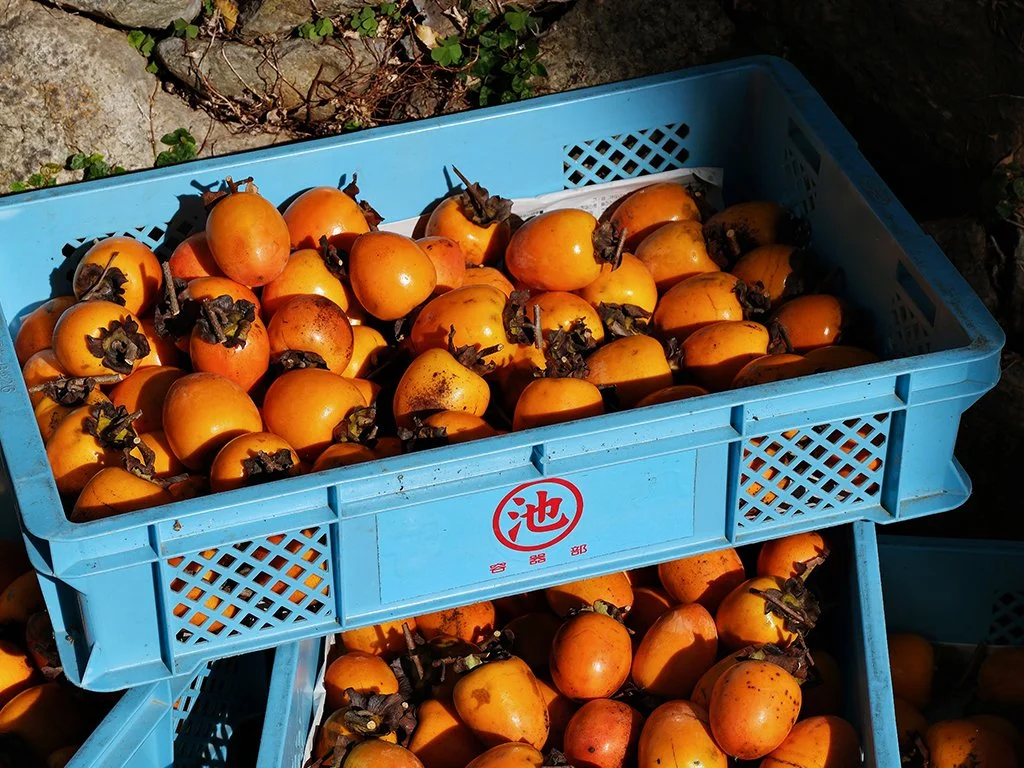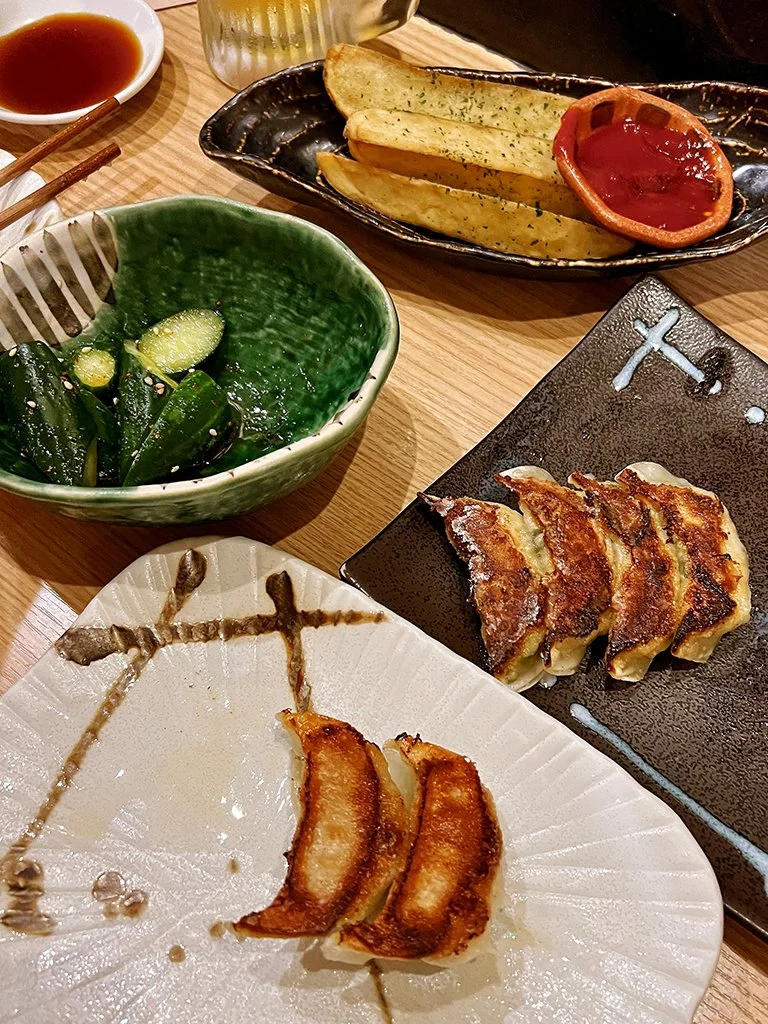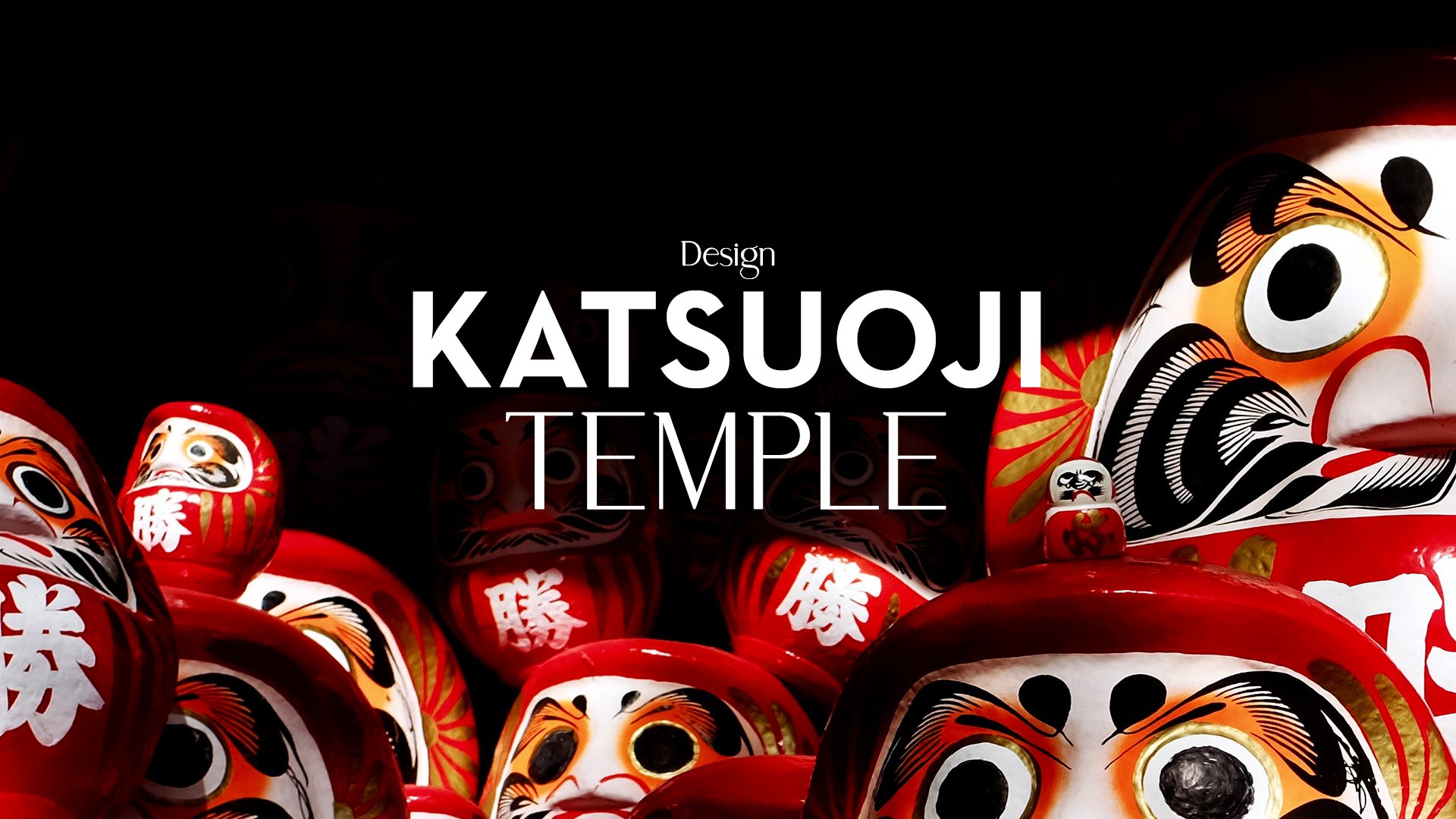City TRIP
Osaka
To visitors, Osaka seems like one big city. With no real centre, bridges, roads and skyscrapers seem to flow into each other endlessly in this sea of neighbourhoods.
Tokyo may seem endless, but this Japanese metropolis has clearly defined districts such as Shibuya, Shinjuku and Ginza, each of which is easily identifiable thanks to smaller shops, manageable hubs and convivial parks. Tokyo feels charmingly choreographed and conveys a gently driving rhythm that is difficult to resist.
Kyoto, on the other hand, is very orderly due to its urban layout and feels more like a gentle whisper of the past. The preservation of historic buildings and traditions is just as much a part of life in Kyoto as the thoughtful combination with its own interpretations of modernity.
But Osaka? Osaka feels like an unfinished jigsaw puzzle whose pieces don't always fit together. In its incessant hustle and bustle and pursuit of success, consumption and the future, Osaka seems torn between chaos and tradition.
The streets of Dotonbori, for example, are flooded with neon lights and crowds of people. Oversized fish balls, meat skewers and octopuses adorn countless restaurants as mascots, from which the aromas of takoyaki and okonomiyaki fill the air. In the pachinko parlours opposite, however, the machines roar incessantly, captivating novice gamblers and savvy players for hours, killing any sense of time and place. And the Glico Man – that iconic runner on a blue neon sign towering over the river – watches over this bustling, garish and sometimes rough spectacle in the streets of Dotonbori.
In front of Osaka Castle, a monument to past wars and emperors, countless visitors from all over the world bustle about, armed with cameras, mobile phones and selfie sticks, eagerly searching for the best angle. A group of young students proudly present their skills on wooden taiko drums, thrilling their audience with pulsating sounds reminiscent of bygone times and their rulers. And an almost kitschy-looking train circles the castle grounds, loaded with walking-tired tourists and constant musical accompaniment.
A few underground stations away, in an inconspicuous side street, stands the Namba Yasaka Shrine – an almost surreal contrast to the urban jungle of high-rise buildings experienced so far. Here, an oversized lion's head with an open mouth forms the shrine itself. Symbolically, it stands for protection and strength and seems like a peaceful yet unreal place for quiet prayers.
Katsuoji Temple lies on the outskirts of the metropolis. The air here is cool, and the green of the hills seems to swallow up all the sounds of the nearby suburbs. It is a small world unto itself. Famous for its red Daruma dolls – lucky charms with empty eyes – Katsuō-ji has a playful touch. They stand scattered everywhere in various sizes, watching visitors as they collect stamps on a postcard, following the six stations of the temple, and complete a motif. It feels as if this place is not only a retreat, but also a place where people's wishes gain power and their hopes are told not with volume, but with perseverance. Empty eyes become one-eyed Darumas, which only have their second eye painted on after a very personal wish has been fulfilled.
The train journey from Osaka Station to Universal Studios Japan takes barely half an hour. The contrast to the sometimes joyless, almost harsh atmosphere of the city could hardly be greater. Here, Osaka sheds its shadows and everything becomes vibrant, childlike, cheerful and exuberant for a day. Between roller coasters, oversized backdrops and brightly lit themed worlds, the image of the city is transformed into a colourful stage. Here, Osaka is completely different and welcoming beyond measure. Everyone is allowed, encouraged and able to live out what remains of their inner child. The inner struggle that seems to characterise Osaka becomes a positive race for fun and magic at Universal Studios.
Osaka is neither Kyoto nor Tokyo – it is something in between, something contradictory. Osaka seems like the rebellious older brother of Tokyo and Kyoto. Osaka is not a city that welcomes you. It challenges you to understand its rough edges. Loud, unpredictable and confusingly mysterious.
Japan, November 2024. | All words and photos by The Sturgheons.

